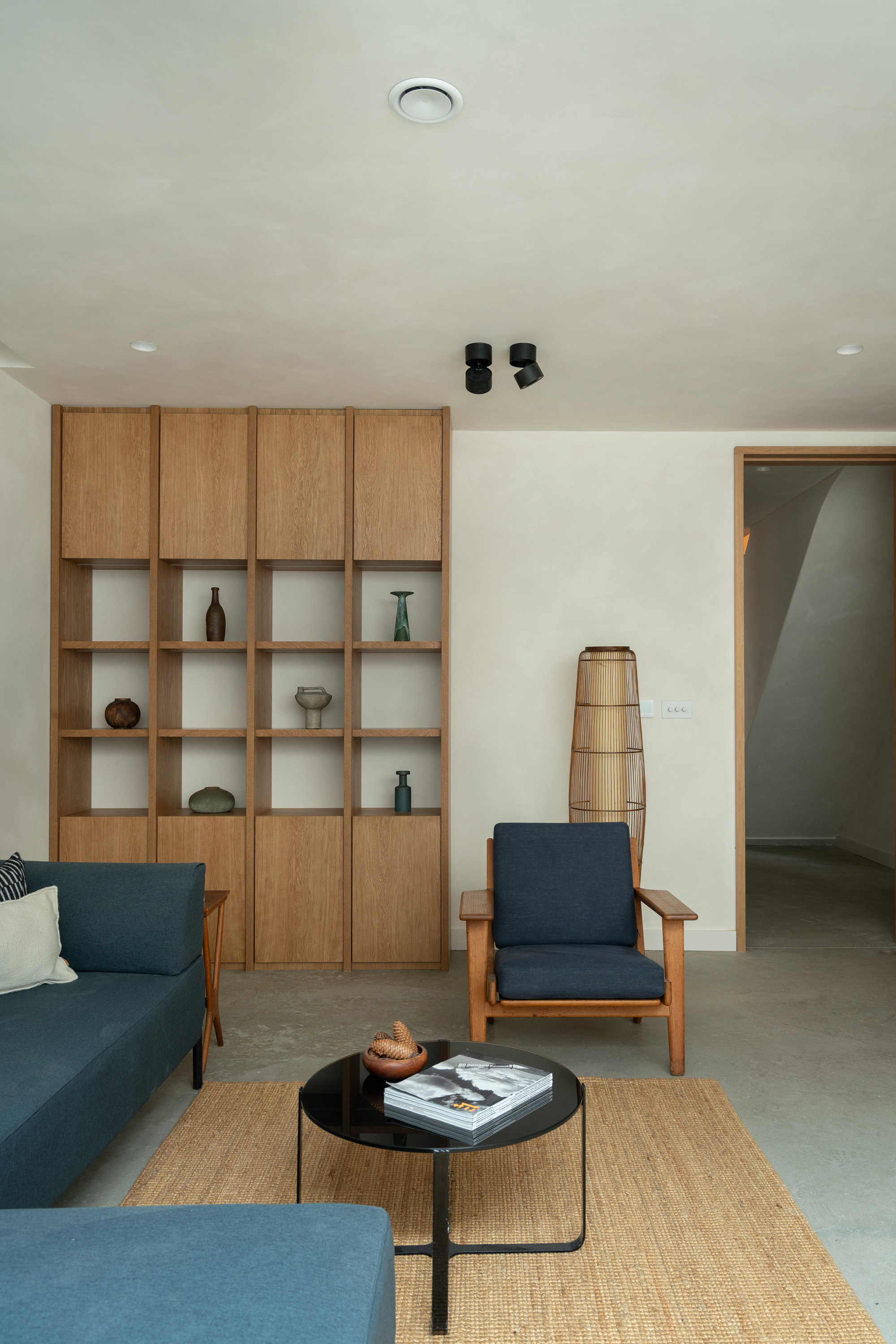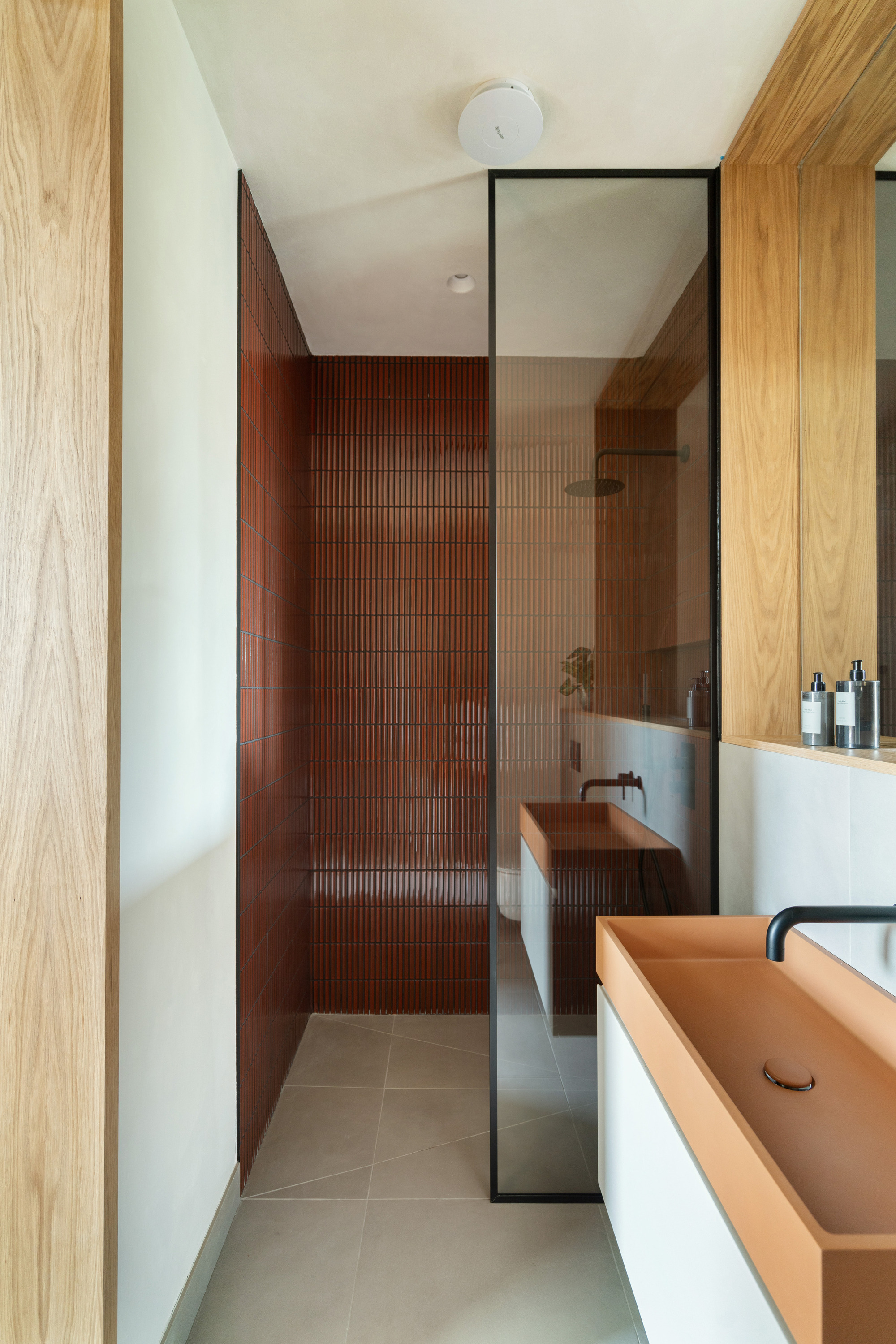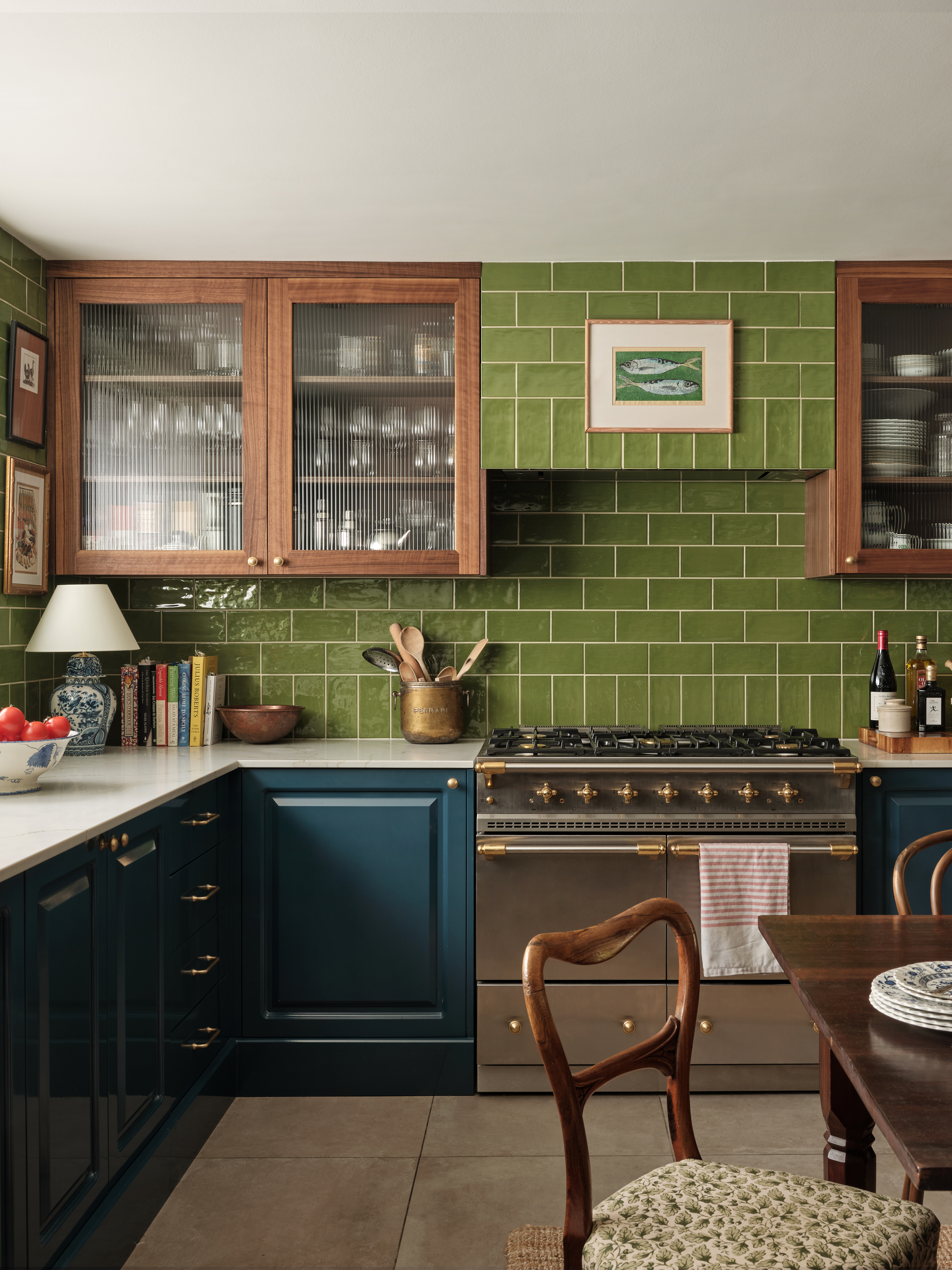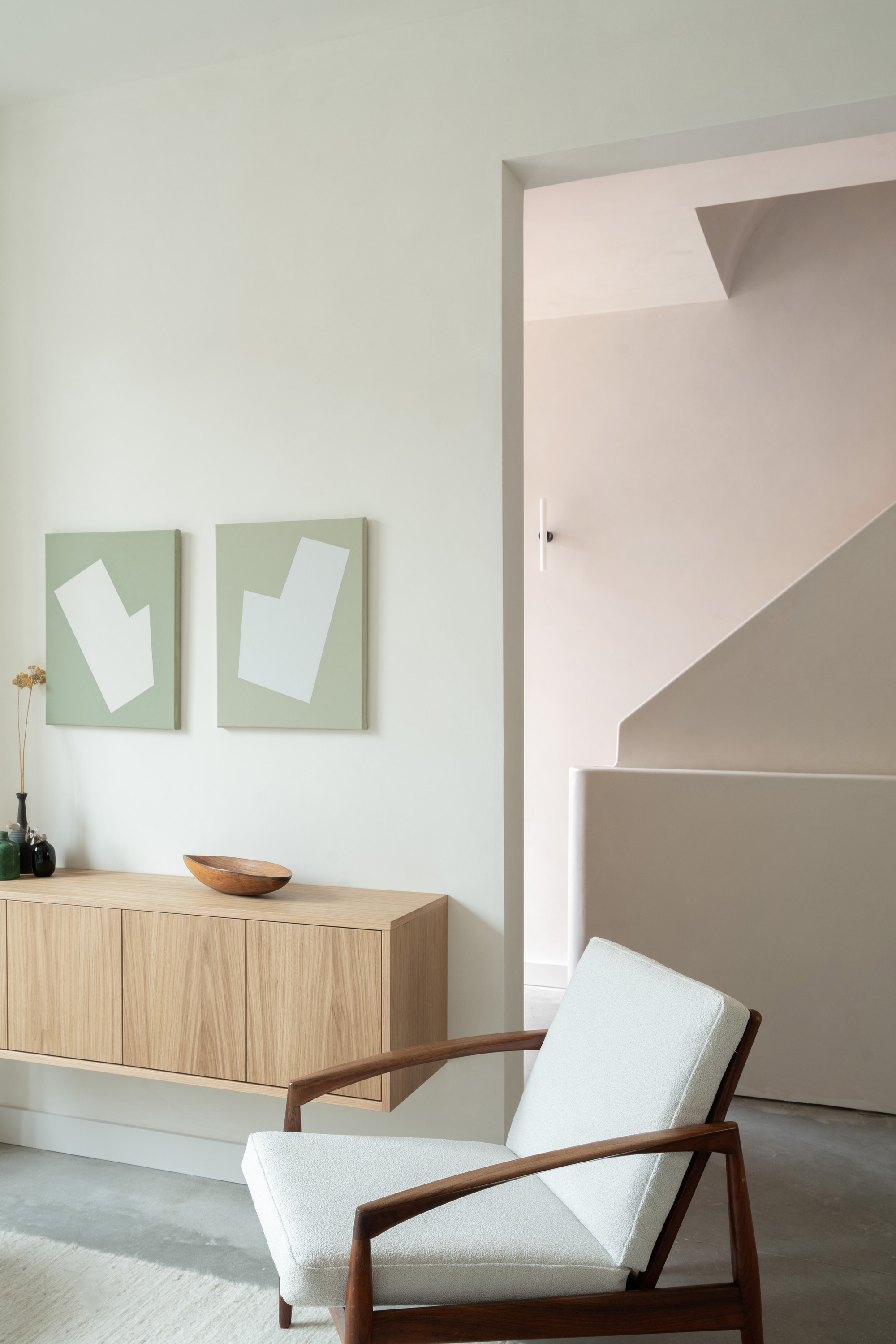This 'Invisible' Design Rule Is What Makes a Good Room Just Click — Psychologists and Designers Swear By It
The Gestalt theory and its application within interior design is an extensive topic. Here, designers explain its positive impact within the spaces we inhabit

With the German word ‘gestalt’ translating to terms such as form, shape, or pattern, its wider dictionary definition is ‘an organized whole that is perceived as more than the sum of its parts’. This definition stems from a psychological study titled the ‘Gestalt Theory’, which was developed in the early 20th Century, helping us to gain a deeper understanding of the world around us and considering its individual elements as part of one whole rather than independent entities.
It was initially developed by three psychologists: Kurt Koffka, Wolfgang Kohler, and Max Wertheimer, who went on to share their findings at the University of Berlin before others further explored the theory in a variety of ways over the following years.
When exploring the theory within the context of interior design, it has helped designers consider the relationship between different elements of a space and how they can be styled cohesively together. As interior designer Rebecca Hughes explains, “good interior design isn’t just about how things look, it’s about how everything works together.”

Over the years, as the theory has been applied to the creative sectors, different principles have emerged as guidelines on how to implement the theory depending on the specific needs and requirements.
For interior designers, common conclusions about the topic present seven key principles that can help guide and inform spatial layouts and decorative decisions: proximity, closure, similarity, continuity, perception, organization, and symmetry in interior design.
While following these can offer a powerful design framework on which to build an interior scheme, many designers follow the principles that feel most aligned to their own ethos.

Kinland, the design-led property developer, is founded on strong values of craftsmanship, considered materiality, and enduring quality. Its projects are defined by a sensitive response to place, a commitment to sustainability, and an emphasis on how homes feel beyond their visual appeal.
The Livingetc newsletters are your inside source for what’s shaping interiors now - and what’s next. Discover trend forecasts, smart style ideas, and curated shopping inspiration that brings design to life. Subscribe today and stay ahead of the curve.
Its founder, Alex Macaulay, says the studio’s approach aligns most closely with the Gestalt principle of similarity. “It is about the idea of cohesion through thoughtful repetition,” he states.
Interior designer Rebecca Hughes explains how she uses the seven principles regularly and the benefits she finds from applying them, in everything from creating a living room layout to specifying finishes. “Whether it’s grouping a sofa, rug, and coffee table to form a clear seating zone to align with the proximity principle or repeating brass finishes across lighting and hardware for visual harmony and to bring in similarity, there are benefits in following such guidelines,” she says. “When furniture, colors, and shapes feel connected, our brains naturally see a space as calm, balanced, and inviting."

Not only do the Gestalt principles help to create efficiency within a space, but they also help in creating visual balance and alignment. “I pay close attention to sightlines and how the eye moves through a space,” Rebecca continues. “This can be helped through color blocking or aligning furniture to create a sense of flow, a key aspect of the continuity principle. It helps to make a space feel cohesive, intuitive, and comfortable, even when there’s a mix of styles or bold design choices.”
When expanding on Kinland’s correlation with the Gestalt principles of similarity and continuity, Alex Macaulay draws attention to a recently completed project in East Dulwich. A boutique development of three artisan-inspired homes designed in collaboration with Dust Architecture and interior studio Ademchic, he reveals how a consistent palette of light oak, polished concrete, lime-washed walls, and handcrafted finishes appears throughout the kitchens, bathrooms, and bedrooms, helping to create a visual rhythm in interior design and reinforcing a sense of balance and calm.
“We also used bespoke joinery throughout,” he says, “not only for its functionality and beauty but because it helps to create design continuity throughout. The result is a spatial experience where each element feels intentional and is connected to the project as a whole.”
The project is a great example of Gestalt psychology being implemented within interior design and how, in following these principles, the results can feel timeless, refined, and elevated.

While many designers often like to break ‘conventional’ design rules to create spaces that feel unique, extraordinary, and individual, for homeowners who don’t have such knowledge or experience, these guidelines can be hugely helpful.
Similarly, if a room has a tricky configuration or if you’re looking to venture into the world of playful maximalism, you might be concerned about creating a cohesive final look. That’s where applying the Gestalt principles can provide the structure you need to find the confidence in embracing ‘out-of-the-box’ design decisions.
Or, in most cases, to create a space that exudes balance, harmony, and sophistication regardless.
Design writer, presenter, panel host, consultant and journalist Roddy Clarke is a regular on the pages of Livingetc. He also writes frequently for FT Weekend and Forbes. Based in London, and with a breadth of skills and hands-on industry experience, Roddy now offers an exclusive interior styling and design service.